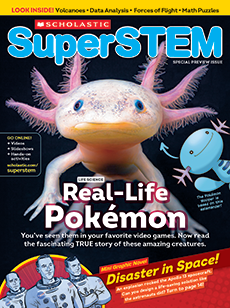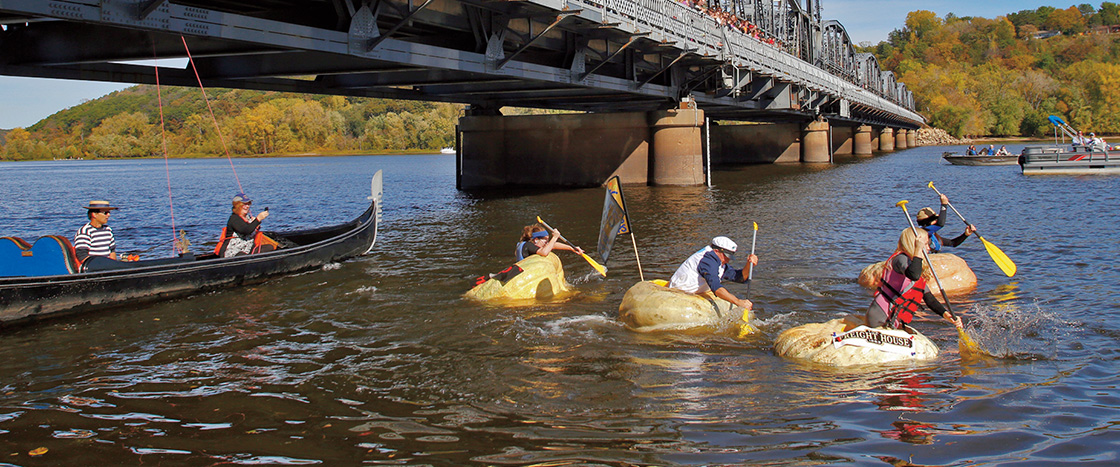Each fall, farmers across the country bring their biggest pumpkins to county fairs. They compete to see who grew the heaviest gourd that year. The pumpkins often weigh more than 450 kilograms (1,000 pounds)!
Giant pumpkins usually don’t have a good flavor, so they aren’t used for food. But at some festivals, growers put plump pumpkins to another use—they turn them into boats! In competitive pumpkin boat races, contestants hollow out their pumpkins, then sit inside and paddle them through the water.
Each fall, farmers across the country bring their biggest pumpkins to county fairs. They compete to see who grew the heaviest gourd that year. The pumpkins often weigh more than 450 kilograms (1,000 pounds)!
Giant pumpkins usually don't have a good flavor. This means they aren't used for food. But at some festivals, growers put plump pumpkins to another use. They turn them into boats! In competitive pumpkin boat races, contestants hollow out their pumpkins. Then they sit inside. Then they paddle the boats through the water.

